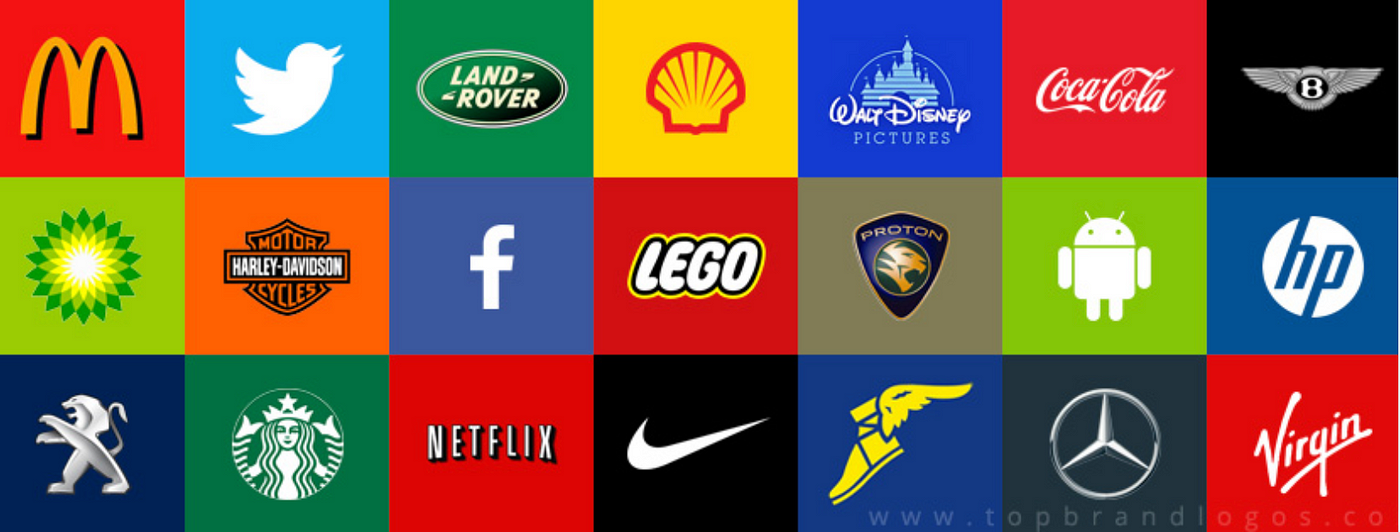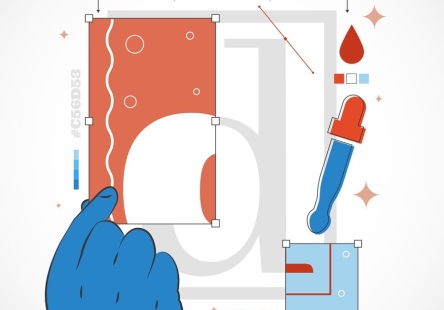Creating an outstanding logo is a crucial aspect of any branding strategy. But what exactly makes a logo great? This guide delves into the core principles of logo design to help you craft a remarkable logo that elevates your brand identity.
**Table of Contents:**
1. Conduct Thorough Research
2. Visualize Your Value Proposition
3. Embrace Simplicity
4. Ensure Relevance
5. Foster Memorability
6. Select Colors Thoughtfully
7. Find the Perfect Font
8. Use Shapes Strategically
9. Incorporate the Ideal Icon
10. Harness Negative Space
11. Explore Three-Dimensionality
12. Ensure Scalability
13. Foster Versatility
14. Test with Mockups
**The Five Types of Logos:**
– Wordmark
– Lettermark
– Brandmark
– Combination
– Emblem
As you embark on designing your brand’s logo, consider which type aligns best with your brand identity and message. You may find that a combination of types suits your needs best.
**Key Logo Design Principles:**
1. **Conduct Thorough Research:** Before diving into logo design, conduct comprehensive research on your target audience, competitors, and industry trends. This groundwork informs your design decisions and ensures your logo resonates with your audience.
2. **Visualize Your Value Proposition:** Your logo should encapsulate your brand’s unique value proposition and visual identity. Avoid imitating competitors and strive to create a distinctive representation of your brand.
3. **Embrace Simplicity:** Simplicity is key to effective logo design. A cluttered logo can dilute your brand message and hinder memorability. Aim for a clean, minimalist design that communicates your brand essence clearly.
4. **Ensure Relevance:** Your logo should align with your brand’s narrative and target audience. Consider the emotional and psychological impact of colors, fonts, and shapes to ensure your logo resonates with your audience.
5. **Foster Memorability:** A memorable logo is essential for building brand recognition and loyalty. Choose timeless fonts, colors, and visual elements that stand out without following fleeting trends.
6. **Select Colors Thoughtfully:** Colors evoke specific emotions and associations, making color selection a crucial aspect of logo design. Choose colors that reflect your brand’s personality and resonate with your target audience.
7. **Find the Perfect Font:** Fonts convey the tone and personality of your brand. Experiment with different font styles to find one that aligns with your brand identity and enhances readability.
8. **Use Shapes Strategically:** Shapes can convey meaning and symbolism in logo design. Utilize shapes creatively to complement your brand name or visual elements, enhancing the overall impact of your logo.
9. **Incorporate the Ideal Icon:** Icons add visual interest and symbolism to your logo. Choose icons that align with your brand identity and can stand alone as recognizable symbols of your brand.
10. **Harness Negative Space:** Negative space can create impactful and memorable logos. Explore creative ways to incorporate negative space to add depth and visual interest to your design.
11. **Explore Three-Dimensionality:** Three-dimensional logos can stand out and create a sense of depth. Experiment with 3D effects to add visual interest and modernity to your logo design.
12. **Ensure Scalability:** A scalable logo maintains clarity and readability across various sizes and platforms. Test your logo at different sizes to ensure it remains legible and visually appealing.
13. **Foster Versatility:** Create logo variations that are suitable for various applications and platforms. Ensure your logo works well in different contexts, from business cards to digital advertisements.
14. **Test with Mockups:** Use mockups to visualize your logo in real-world scenarios and evaluate its effectiveness. Mockups allow you to test different color schemes, compositions, and sizes before finalizing your logo design.
By adhering to these logo design principles, you can create a visually striking and memorable logo that effectively communicates your brand identity and resonates with your target audience.




